Conversation with the Forbidden City Craftsmen: The splendid before your eyes, the treasure in my hands
日期:01-04-2024" A Glittering World of Masterpieces Treasures from the Rosalinda and Arthur Gilbert Collection " closed on December 25. During these three months, the exquisite and gorgeous exhibits gave us endless thoughts and emotions.
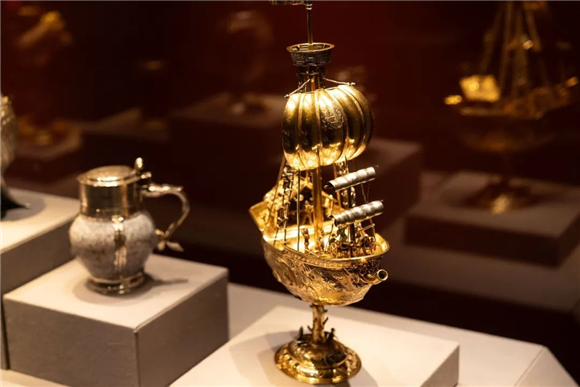
The craftsmen carved it carefully to create the splendid things we see today. Glittering and gorgeous gold and silverware, exquisitely crafted snuff bottles and exquisite micro-mosaics...these are the embodiment of the spirit of craftsmanship.
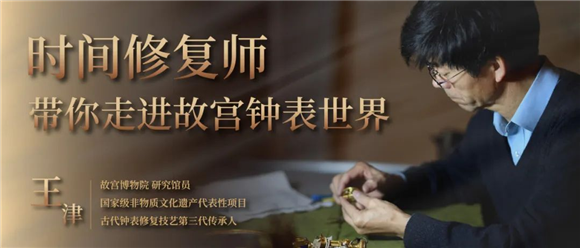
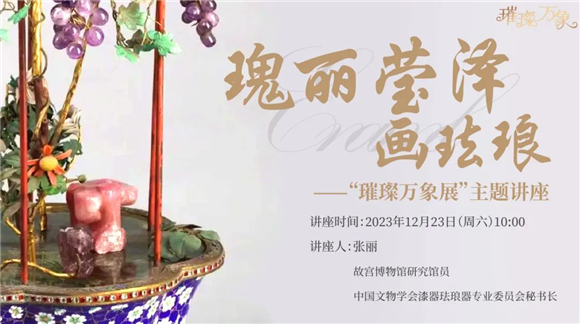
Before the closing of the exhibition, the World Expo Museum invited two teachers from the Palace Museum Wang Jin and Zhang Li to explain the craftsmanship of clock restoration and enamel painting, let us to gain an in-depth understanding of these crafts and the stories behind the craftsmen.
Wang Jin—time restorer takes you into the world of Forbidden City clocks
On the afternoon of December 9, the lecture "Time Restorer Takes You into the World of Clocks and Clocks in the Forbidden City" was given by Wang Jin in the WE Theater of the World Expo Museum.
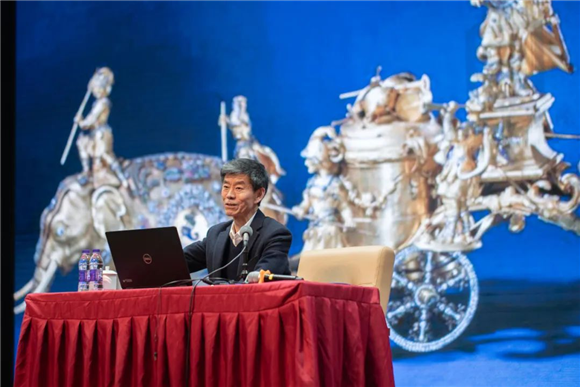
Wang Jin entered the Forbidden City in 1977 and studied under the watch restorer Mr. Ma Yuliang. He has been engaged in the restoration of ancient clocks for more than 40 years and has repaired hundreds of ancient clocks.
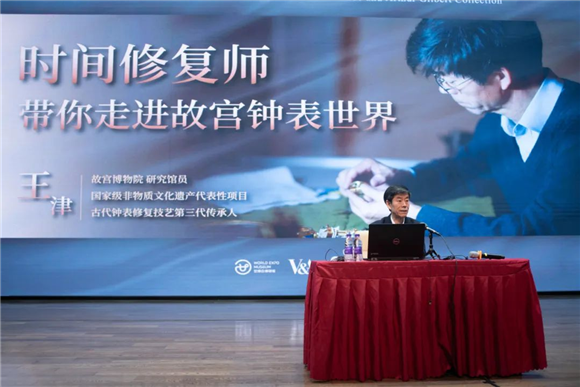
The two-hour speech was full of useful information. Wang Jin introduced in detail the history and inheritance of the restoration of ancient clocks in the Forbidden City, as well as the restoration steps and restoration concepts, showing the audience the development process of ancient clocks.
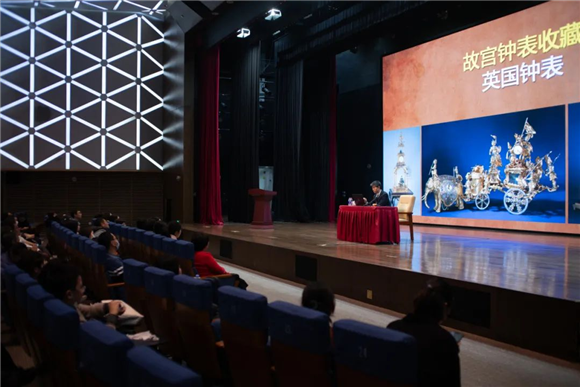
By interpreting the restoration cases of real estate clocks and clocks collected in the Palace Museum from England, Switzerland, France, the Qing Palace Clock Office and Guangzhou, the audience can appreciate the magical process of bringing ancient clocks back to life and demonstrate the mystery of ancient clock restoration.
Through the video demonstration of the restored clock, you can experience the magic of the emperor's toys and the beauty of the sound of time a hundred years ago.

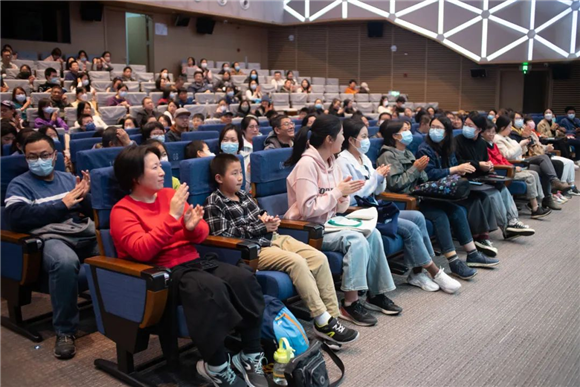
Zhang Li—Magnificent Painted Enamel
On the morning of December 23, the World Expo Museum invited Zhang Li from the Palace Museum to lead the audience into the magnificent world of painted enamel.

Zhang Li has specialized in the management, research and exhibition display of enamel, lacquerware, glassware and snuff bottles since 1997.
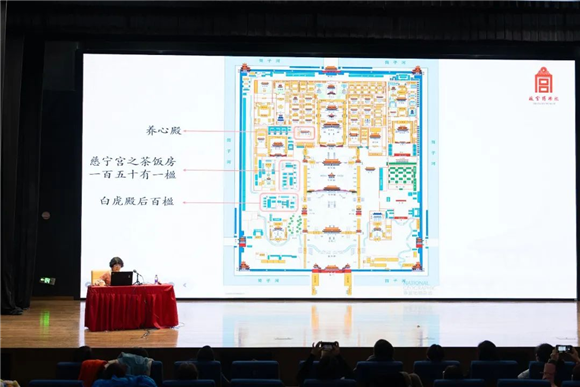
The lecture focused on three aspects: the story of Emperor Kangxi and the enamel painting craft, the origin and introduction of the enamel painting craft and the enamel painting ware produced by the Qing Palace Manufacturing Office.
Zhang Li introduced the Kangxi Emperor's attitude and response to the impact of foreign culture through detailed Qing palace archives, from the calendar dispute when he personally presided over the debate between the two factions to the construction of Canchikou west of Ziguang Pavilion after curing malaria with Western medicine. Emperor Kangxi's tolerant attitude toward Western culture allowed the art of painting and enamel to take root in China, thus achieving the ultimate in this craft.
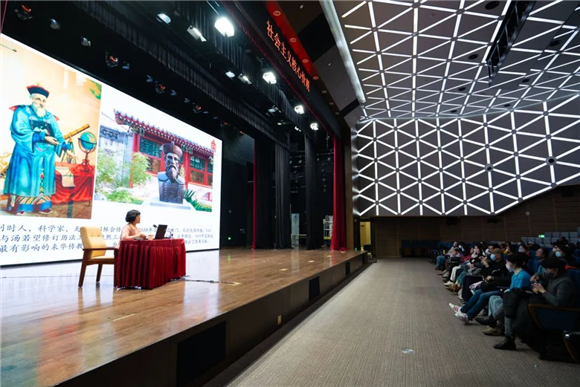
There is no direct documentary record of how the enamel painting technique was introduced to China. The current research results are inferred from a variety of historical materials. The enamel painting craft that really developed in China was the result of Emperor Kangxi urging craftsmen to practice and design independently. This game at the national level reflects the wisdom of our ancient people who are good at learning and creating.
Hundreds of clear and exquisite pictures of cultural relics explain to the audience the characteristics of the times, the beauty of the enamel crafts and their development and changes in the three dynasties of Kangxi, Yongzheng and Qianlong, and show the results of the collision of Chinese and Western cultures.
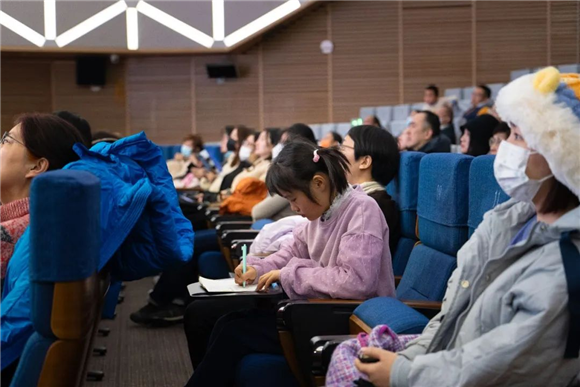

The audience saw clock works and painted enamel works in the " A Glittering World of Masterpieces Treasures from the Rosalinda and Arthur Gilbert Collection ", leaving a wonderful memory.
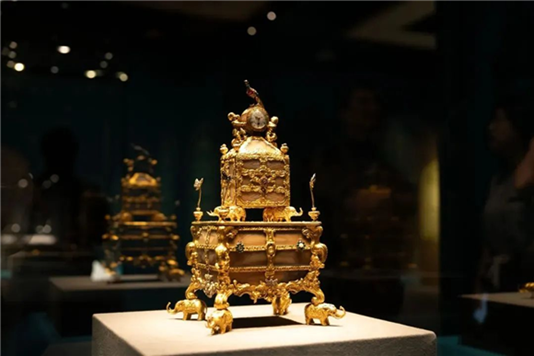
Gemstone carillon

Napoleon I's snuff box